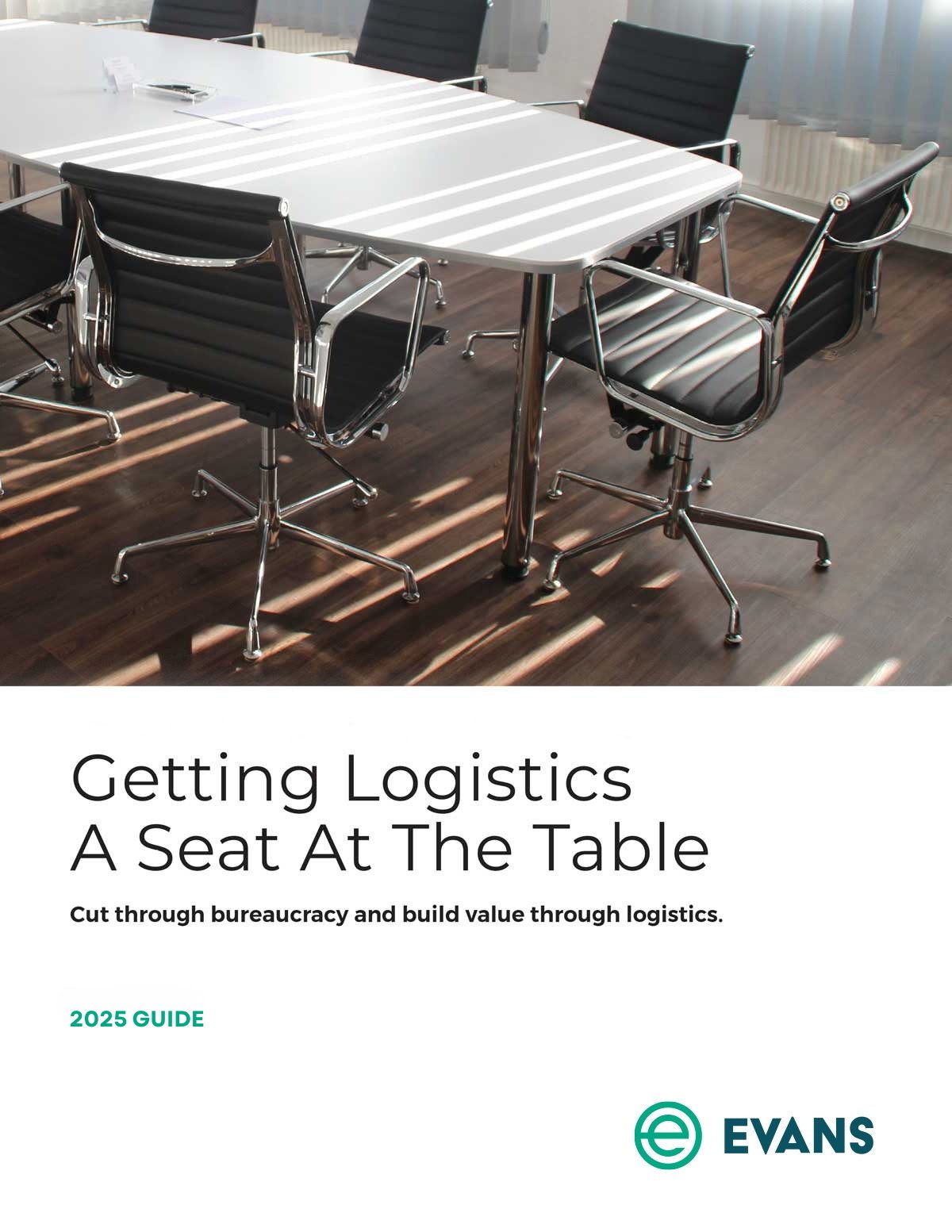Try these 5 strategies to find capacity and push back against sky-high freight rates to reduce transportation costs.
Are you having trouble finding capacity for your shipments? When you do find capacity, are astronomical shipping rates preventative? Welcome to 2018, my friends.
Increased freight volumes, a nationwide driver shortage, the ELD mandate, extreme weather, and increased fuel surcharges have combined to create a transportation climate that favors carriers and is tough on shippers' budgets.
But, the reality is that the current capacity crunch isn’t a one-off event. Shipping demand will always ebb and flow. So, instead of white-knuckling this wild ride, develop strategies you can use now — and in the future — to find capacity, reduce transportation costs, and optimize transportation overall.
5 strategies to find capacity and reduce transportation costs
1. Be flexible
It’s never easy to push an organization out of a groove. But cost-savings are a huge motivator to try something new.
If your organization can tolerate some pickup and delivery variability, you will improve your options. By taking timing slots and ship dates that are less ideal for other, more inflexible shippers, you could access increased capacity and improve rates.
Expand your carrier network to find capacity and ensure you’re paying the least amount of money to transport your freight. Bonus: when you step outside of your preferred carrier network, your preferred carriers are likely to agree to reduced pricing when it’s time to renew and renegotiate your contracts. Be careful though. While choosing a carrier that’s outside of your preferred network may reduce your rates, you also risk growing pains like delayed transit times and increased susceptibility to damages.
Open your mind to different modes. Usually ship FTL but can’t find capacity? Consider breaking up your freight into smaller units to be shipped LTL. Is LTL your go-to but you can’t find trailer space? See if you can consolidate to ship FTL. Not only will modal conversion help you find capacity, but, depending on your circumstances, it can also reduce your transportation costs.
2. Be efficient
Do all you can to optimize the shipping experience, not just for your customers, but for your carriers. The better your carrier relationships are, the better your rates and ability to find capacity will be. Here are some examples.
- Ensure your paperwork is accurate. If your shipment's actual weight doesn’t match what’s listed on its bill of lading (BOL), the carrier will have to reweigh it, increasing transit time and landing you with a fee. Inaccurate paperwork wastes both your and your carrier's time.
- Maximize delivery lead times. Not only will this increase your ability to find capacity and reduce your rates, advance notice to your carrier will allow them to take measures to be more efficient.
- Be smart about how you package your freight. More densely packed shipments are likely to ship more quickly and less expensively while being less prone to damage.
- Don't make carriers wait. A carrier's time is a carrier's money. So when a trailer sits idly at a pickup point waiting to be loaded or unloaded, the carrier loses money, and the shipper incurs a costly fee.
- Pay your carriers fairly and quickly. With more freight volume than trailer capacity, carriers can afford to select their customers carefully. Serious shippers are paying serious rates to get their freight to its destination. So don't be surprised if you must trade lower rates for increased capacity.


